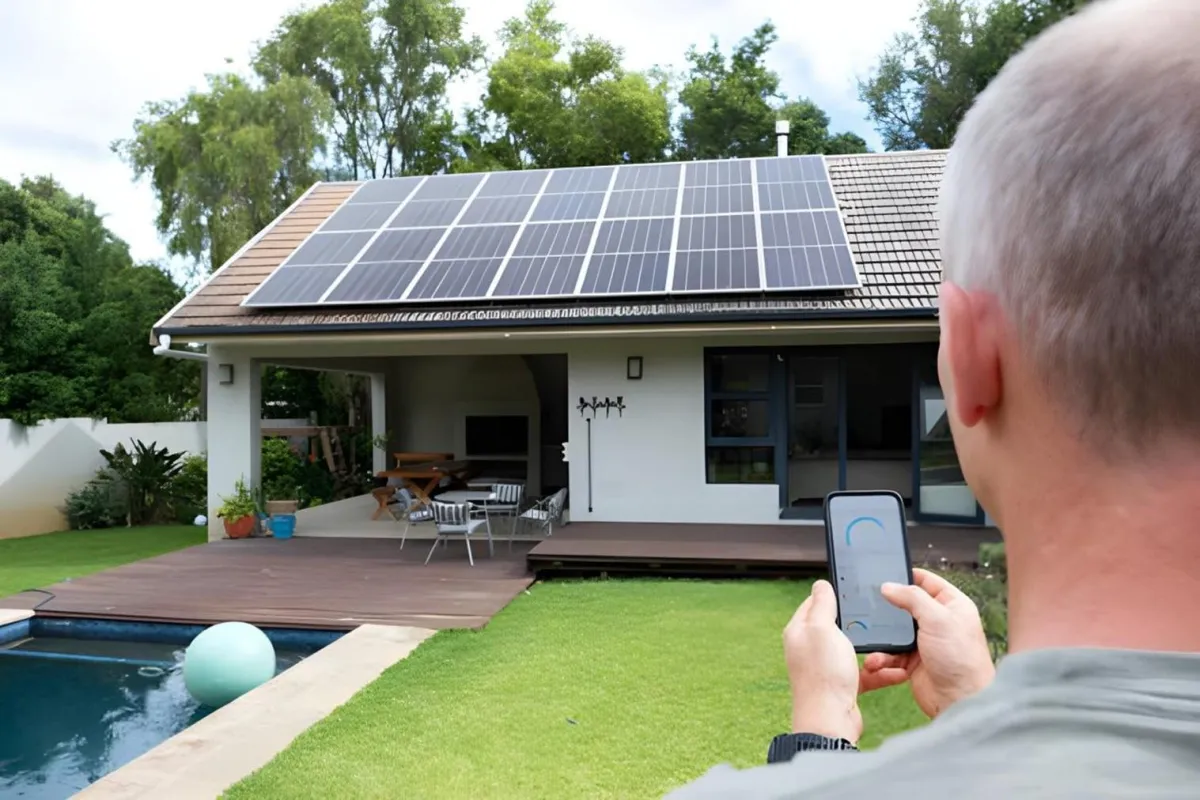
Choosing the Right Solar System for Your Home or Business
Choosing the ideal solar system depends on more than just sunlight, it’s about matching performance with lifestyle. Factors like daily energy usage, roof design, and long-term goals all play a role. Ramselec Solar understands the unique needs of Australian homes and delivers tailored solutions that go beyond the basics. From system sizing to battery integration, every detail matters in achieving maximum savings and long-term energy efficiency.
Table of Contents
1. Understand Your Energy Consumption
2. Determine Your Available Space for Solar Panels
3. Select the Type of Solar System
4. Consider Battery Storage (if Applicable)
5. Evaluate the Cost and Financing Options
Key Takeaways
Size panels based on household energy use
Match system size to roof space and orientation
Choose panel types that suit efficiency goals
Add battery storage for energy independence
Ramselec Solar supports tailored Australian solutions
As the world transitions toward renewable energy sources, solar power has emerged as a leading solution for homeowners and businesses looking to reduce their carbon footprint and energy costs. Solar systems not only allow you to harness the power of the sun but also offer long-term savings and energy independence. However, with various types of solar systems available in the market, selecting the right one can feel overwhelming. The key to making the right choice lies in understanding your individual energy needs, available space, and budget. Here are the essential factors to consider when choosing a solar system tailored to your requirements.
1. Understand Your Energy Consumption
The first step in selecting the right solar system is understanding how much energy you use on a daily, monthly, or annual basis. Your energy consumption directly influences the size of the solar system you'll need to install. This involves assessing your electricity bill, which typically includes information on your average monthly consumption in kilowatt-hours (kWh).
Estimate Your Daily Energy Usage: Look at your recent electricity bills and calculate the average daily energy consumption. This helps you gauge how much energy your solar system needs to generate to meet your requirements.
Identify Energy-Hungry Appliances: Certain appliances, like air conditioners, water heaters, or large home appliances, consume more energy. Make sure to consider these high-energy devices when evaluating your consumption.
Consider Future Needs: If you plan to purchase more energy-consuming devices or install electric vehicles (EVs) in the future, factor in these additional needs as well.
2. Determine Your Available Space for Solar Panels
The amount of available roof space for installing solar panels is another critical factor to consider. The ideal solar installation requires ample space to maximise the number of panels, but not all homes have a large roof or an optimal orientation toward the sun.
Roof Orientation and Angle: In Australia, solar panels perform best when they face north, as this maximises exposure to sunlight throughout the day. The pitch of your roof also affects efficiency, angles between 15° and 40° are typically ideal. If your roof isn't optimally oriented or pitched, performance may vary slightly, but solutions like tilt frames or adjustable mounts can help optimise solar capture.
Roof Size: The amount of usable roof space directly affects how many solar panels you can install. In Australia, a typical 5kW solar system generally needs around 25 to 35 square metres of clear roof area. If your roof is limited in size or has obstructions like chimneys, vents, or skylights, it could restrict your system layout or reduce overall capacity.
Shade and Obstructions: It’s important to assess whether your roof experiences significant shading during the day. Trees, nearby buildings, or other structures can block sunlight and lower system efficiency. Strategic panel placement and microinverter options can help minimise these impacts.
3. Select the Type of Solar System
There are several types of solar systems, and each comes with its benefits and considerations. Your choice will depend on your energy needs, budget, and whether you plan to be connected to the grid or go off-grid.
Grid-Tied Solar Systems
Grid-tied systems are the most common for homeowners and businesses. These systems are connected to the local utility grid, allowing you to draw power from the grid when solar production is insufficient (e.g., on cloudy days or at night). They also allow you to send excess energy back to the grid, often earning credits or payments through net metering.
Best for: Homeowners or businesses with access to a reliable grid who want to reduce their energy bills and still have backup power during times of low solar production.
Advantages: Lower upfront costs compared to off-grid systems, ability to earn credit for excess energy, and access to grid electricity when solar output is low.
Considerations: Requires an existing grid connection, and does not provide energy independence during power outages (unless paired with a battery).
Off-Grid Solar Systems
Off-grid systems are entirely independent of the utility grid. These systems typically require a larger initial investment due to the need for batteries to store energy for use during non-sunny days or nights.
Best for: Rural homes, cabins, or remote locations where it is impractical or expensive to connect to the grid. It's also ideal for individuals seeking complete energy independence.
Advantages: Provides total autonomy from the utility grid, making it a sustainable and reliable option for areas with unreliable or no grid access.
Considerations: Higher initial costs due to battery storage, complex installation, and the need to carefully balance energy consumption with storage capacity.
Hybrid Solar Systems
Hybrid solar systems combine grid-tied and off-grid features, allowing you to use both solar energy and grid power while also storing excess solar power in batteries. Hybrid systems are popular for homeowners who want more control over their energy consumption and storage.
Best for: Homeowners looking for backup power during outages or those who want to store excess energy for later use.
Advantages: Energy independence with solar battery storage, potential savings through net metering, and backup power options during grid outages.
Considerations: Higher upfront costs for battery systems, ongoing maintenance of batteries, and more complex installation.
4. Consider Battery Storage (if Applicable)
If you opt for an off-grid or hybrid solar system, you’ll need to consider the safe solar battery storage capacity required to meet your energy needs. Battery storage systems store excess solar energy generated during the day for use at night or during cloudy periods.
Battery Types: There are two main types of batteries used in solar systems, lead-acid and lithium-ion. Lead-acid batteries are cheaper but less efficient, with a shorter lifespan. Lithium-ion batteries are more expensive but offer longer lifespans and higher efficiency.
Storage Capacity: The storage capacity needed depends on your energy usage and how much backup power you require. If you want to maintain power for an entire home during a multi-day power outage, you’ll need a larger battery system.
5. Evaluate the Cost and Financing Options
Solar installations can be a significant financial investment, so it’s important to evaluate your budget and explore financing options. The overall cost of the system will depend on several factors, including the size of the system, the type of panels, whether you choose to include battery storage, and your location.
Upfront Costs: Traditional solar systems can cost anywhere from $10,000 to $30,000 or more, depending on size and features. Battery storage can add another $5,000 to $10,000 to the total cost.
Incentives and Rebates: Government incentives such as small-scale technology certificates (STCs) and state-based rebates help reduce the upfront cost of installing solar. These rebates are applied at the point of sale, lowering your system price without needing to claim tax deductions.
Financing: Options like solar loans, leases, and power purchase agreements (PPAs) allow you to finance your system over time. Many homeowners choose to take out a loan to pay for the system, while others lease the system or enter into a PPA to avoid upfront costs.
6. Choose a Reputable Solar Provider
Once you’ve determined your energy needs, system type, and budget, it’s time to select a solar provider. A reputable provider will help you assess your property, recommend the appropriate system, and manage installation.
Installation and Warranties: Choose a provider with a track record of successful installations and a warranty on both the system and its components. Warranties typically cover 10-25 years for panels and 5-10 years for inverters.
Customer Service and Maintenance: Solar systems require regular maintenance to ensure they remain efficient. Choose a provider that delivers continuous support and reliable maintenance services.
Conclusion
Choosing the right solar system is about aligning your energy demand, roof capacity, panel type, and financial incentives. At Ramselec Solar, we design bespoke solutions based on your needs and Australian conditions. Ready for cleaner, smarter energy? Contact us today to schedule a site inspection or explore your personalised solar solution.
FAQs:
What system size do I need?
Match system size to your daily kWh usage. A 6.6 kW system suits most homes, absorbing 15–25 kWh/day.
Which solar panels offer the best performance?
Monocrystalline panels deliver the highest efficiency, while polycrystalline panels offer cost-effective solutions.
Do I need a battery?
Batteries store excess solar energy, reducing grid reliance. Federal rebates cover 30% of battery costs if paired with panels.
How do rebates work?
STC rebates reduce upfront costs by ~25–30%. Solar batteries now attract extra rebates, accelerating payback.
What roof conditions are suitable?
Ideal roofs are south-facing, uncluttered by shade, and pitched 15–40°. Our team will evaluate this at the inspection.
What’s the ROI timeline?
Most Australian homes see system payback within 7–10 years, supported by energy bill savings and incentives.







